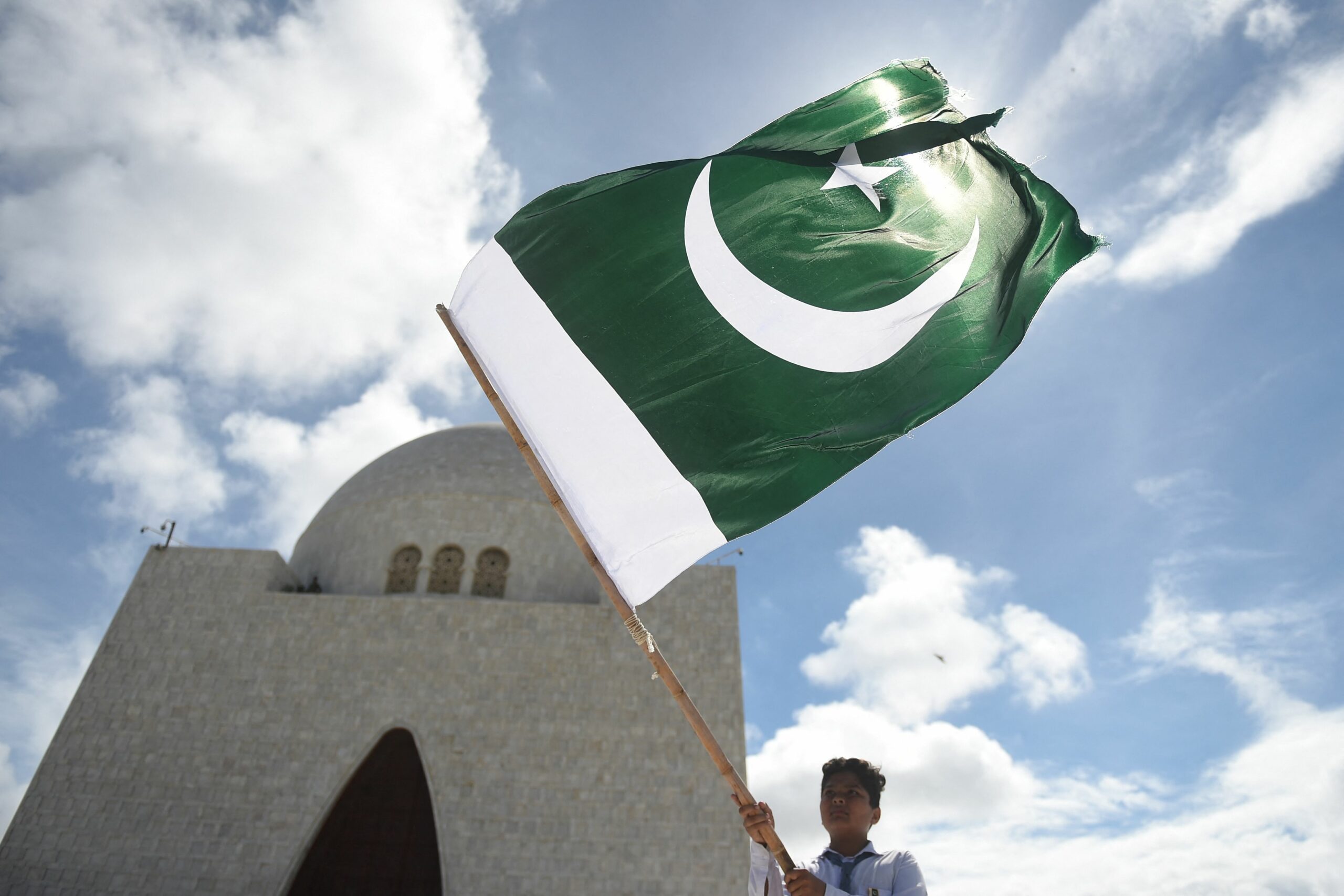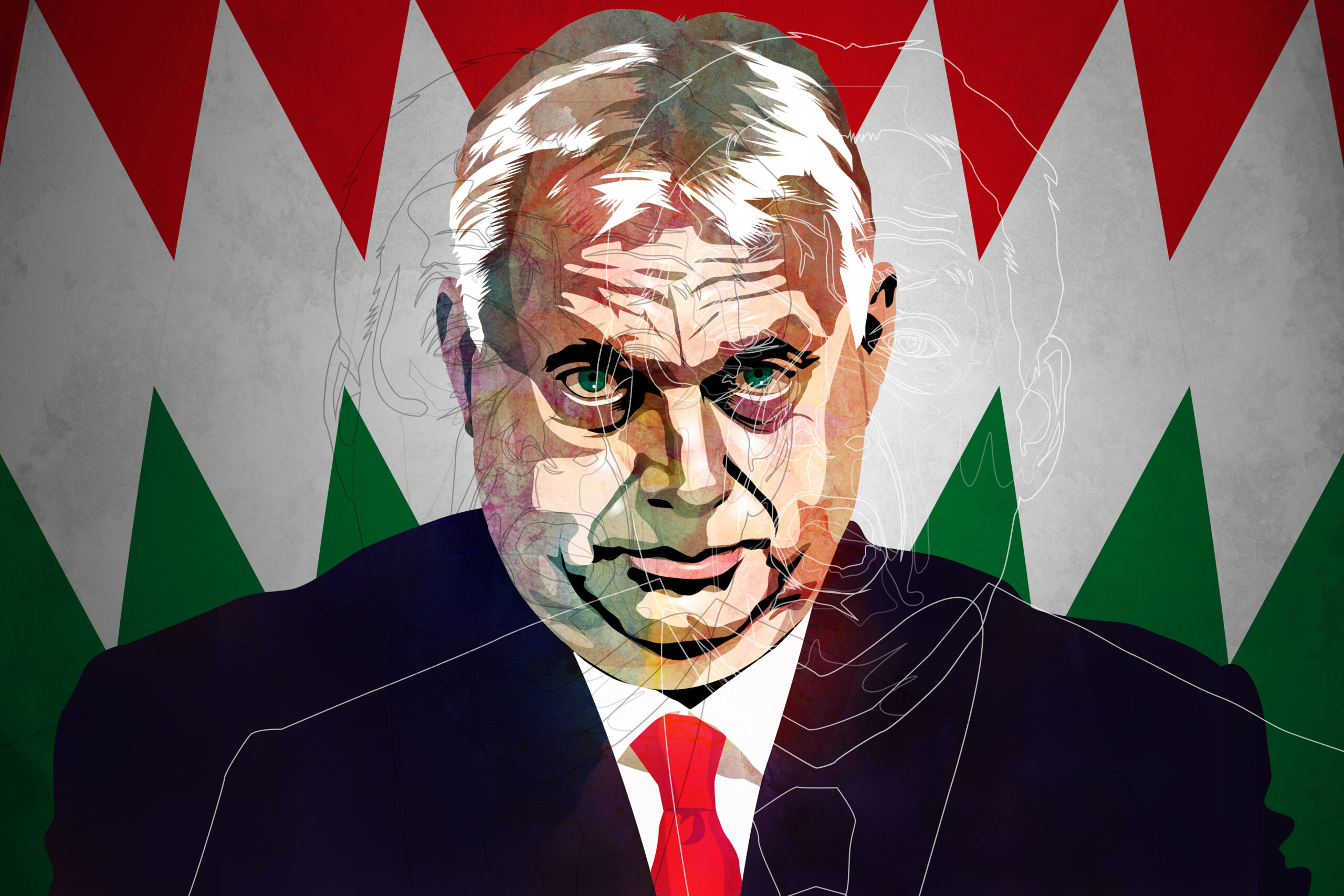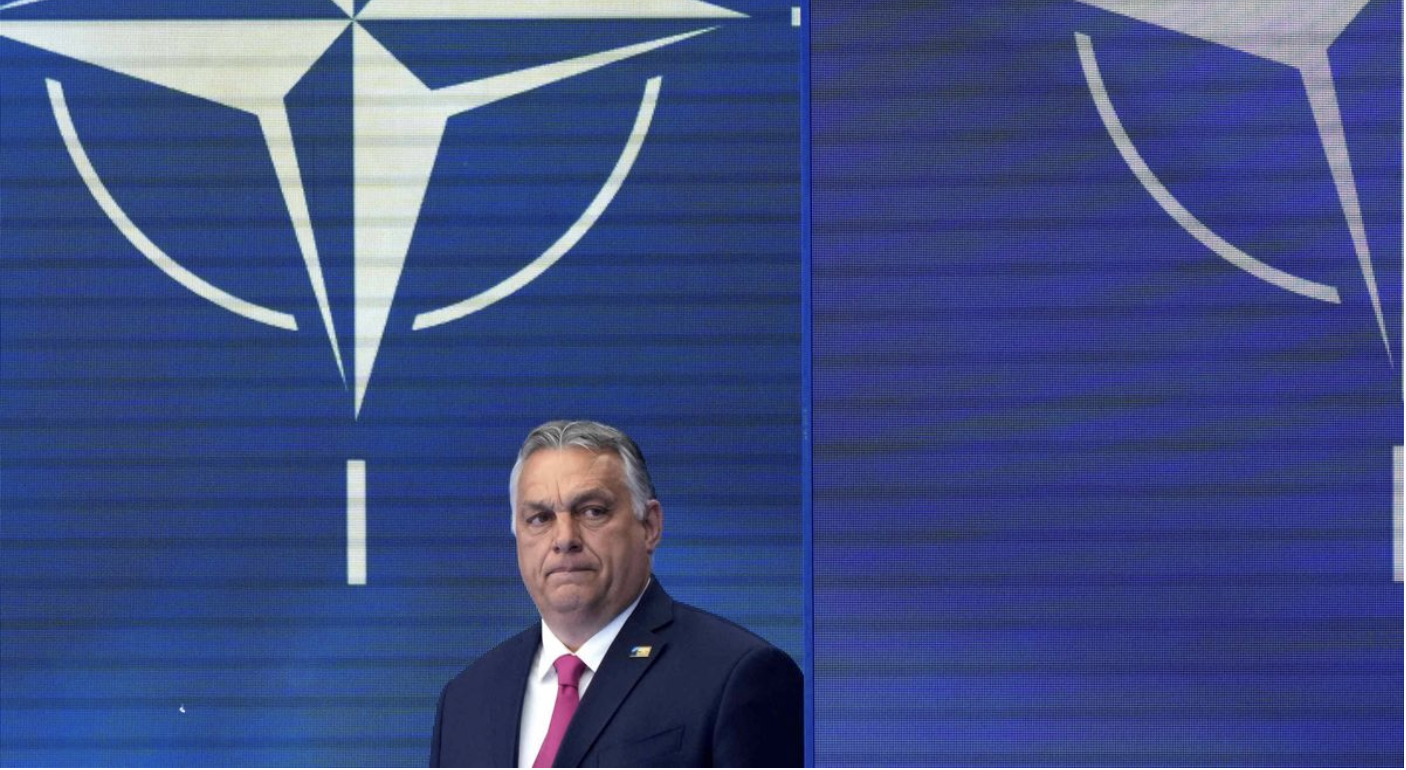Note: I started writing this article in the Fall of 2022, with the intent to briefly analyze the ongoing crises in Pakistan. However, after immersing myself in research, this article eventually turned into a passion project that aimed to explore the deep roots of Pakistan’s tumultuous history, its effects in the past, and its implications in the modern day. In the end, I became so interested that I decided to start crafting arguments about how Pakistan can solve these intertwined issues. As a result, this article is long, and for convenience, I have broken up the article into sections, making it easier to read. I also organized my sources at the end of the article as if I were footnoting them in a paper, so they are ordered chronologically.
Pakistan is in a state of political, economic, and environmental ruin. The country suffers from political instability, an ongoing crisis perpetuated by the military. Pakistan’s economy is also in ruin, as in July 2022, Pakistan had less than $10 billion in its reserves, which, at the time, was only enough to support the country’s imports for two months.1 Pakistan also had the second highest inflation rate in Asia in July 2022 as the value of Pakistani rupee plummeted. While Pakistan was experiencing the peak of this economic turmoil, the country was struck by mass flooding, which killed more than 1,500 people, displaced 33 million others, and cost $40 billion in damages.2 Military intervention in politics and short-term economic policies are the causes of Pakistan’s wretched condition, and only complete political and economic structural reform can salvage Pakistan from its deeply-rooted problems.
- Political Instability
Pakistan’s short history has been ridden with constant political instability. Pakistan has experienced it all: successful no-confidence votes, coerced resignations, assassinations, and three periods of martial law. In total, Pakistan has had thirty-one prime ministers, including eight caretakers, but not one has completed a full five-year term. The roots of this political instability are found in the influential forces in the military, an institution capable of trumping Pakistani constitutional law to incite such instability.
The military has been able to incite instability by accumulating political power through the development and expansion of financial resources. The Pakistani military is able to exploit loopholes in Pakistan’s constitution to develop these resources, as the ambiguous constitution does not place any political or economic restrictions on the military.3 The military has exploited the lack of restrictions to pursue financial endeavors that have ultimately funded its political ambitions, which includes controlling about 11.58 million acres of land.4 Since it is also involved in various profitable activities, from oil and gas production to manufacturing plants, the military is “financially independent from other branches of the state.”5 Financial strength is the key to generating political power and influence, which is why the military’s financial independence has allowed it to develop the resources necessary to increase its political power and capital.
The military has also successfully secured widespread legal protections for its actions, which have enabled the military to incite political instability without concern of repercussions. For most of its history, the Pakistani military has also been able to develop immense influence over the courts of Pakistan. Historically, the court has often provided “the military’s political actions with legal cover,” which is why many of the court rulings that have drastically increased Pakistan’s political instability are alleged to have been “influenced by the wishes of the military.”6 Early in Pakistan’s history, the court backed the Governor-General Maulvi Tamizuddin Khan’s decision to dissolve the Constituent Assembly, and later in 1977, it ruled that the military coup was legal and did not prevent the execution of the prime minister by the military regime.7 The courts are meant to provide a final check on any attempts to achieve overarching authority, yet the military, by successfully obtaining the support of the courts, has been able to avoid this final check, allowing it to trump all constitutional authority and incite instability.
Since it exploits its massive financial resources and legal protections, the military is undoubtedly the largest perpetrator of political instability, as it often orchestrates violence. For example, the military is suspected to have been behind most of the assassination attempts on Pakistani politicians, including the shooting of Pakistan’s first prime minister and the failed assassination attempt on former Prime Minister Benazir Bhutto that killed more than 130 people.8
The military’s perpetuation of instability results in the erosion of Pakistan’s democracy and the fundamental rights of its people. The military holds an important influence over who leads the country, as the military ensures “the removal of intransigent politicians attempting to challenge the military, either with a coup or by facilitating the election of obedient, chosen ones.”9 It has successfully staged these coups three times in Pakistan’s history, and recently, it helped elect former Prime Minister Imran Khan to reduce “the dominance of the two major political parties, which revolved in and out of power.”10 Not only did the military help propel Khan into power, but it also allowed for his dismissal when the military stopped backing Khan after he interfered in military personnel decisions. As soon as Khan lost “the protective canopy of the army, … the coalition of opposition parties moved to oust him” in a successful no-confidence vote.11 The events leave little doubt that the military has significant influence in determining who should run the country and who should be dismissed from power. Pakistan’s democratic erosion has only incited more political instability, as ever since Khan was dismissed from power, there have been many large-scale protests.12 The massive amount of political power that the military has is why it has ruled directly for 33 years and has “always been the power behind the throne.”13
The military has also orchestrated a number of successful military coups that have resulted in long-term, direct military control, which have further evaporated the rights of the people. For example, in 1956, Governor-General Iskander Mirza was able to declare martial law, which was crucial to “abrogating the constitution, outlawing political parties, closing the legislatures, and suspending civil rights.”14 Although this martial law was complicated by Ayub Khan, another general trying to launch his own coup, these declarations of martial law were only possible because of “Pakistan’s weak political community and the superior organization, training and leadership of the military forces.”15 The military, as a result of its massive political influence, has been able to declare martial law when it deems it necessary or advantageous, and the incited political instability posed a serious threat to the Pakistani people and their basic political rights.
- Economic Mismanagement
Democratic erosion and violence are not the only products of Pakistan’s immense political instability, as Pakistan’s repetitive economic mismanagement is also fueled by instability. Pakistan’s political climate is one where the military is the real power behind the throne, causing massive violence and demonstrations from people whose rights are eroding. With such a volatile political climate, all Pakistani positions of power are in a precarious state, so politicians are pressured to appease the populus and military to stay in power, even if that means harming the economy in the long-term.
The economic mismanagement in Pakistan stems from the fact that Pakistan falls into the common economic trap “that focuses on year to year goals.”16 Since short-term policies like tax cuts and subsidies satisfy people by temporarily increasing disposable income, Pakistani leaders willingly walk into this trap because they need to please the populace to secure political support. Yet prioritizing these short-term policies over long-term policies of growth damages the economy in the long-term, and it is what contributed to Pakistan’s recent economic turmoil. During the early stages of the war in Ukraine, when the price of gas and oil spiked globally, Pakistan’s government subsidized gas to keep prices low and to avoid upsetting the populace. However, this cost the government $600 million a month.17 This rapid depletion of its reserves left Pakistan with only enough to cover a few months worth of imports to feed its population.
Political instability has also made it difficult for Pakistan to attract foreign investment, which is critical to any developing country’s success. Political stability is necessary to attract foreign investment because it “increases certainty in the economic environment.”18 However, without political stability, Pakistan has been forced to turn to China’s Belt and Road Initiative, as it cannot fund developmental projects on its own. Although China’s Belt and Road Initiative is supposed to be an infrastructure project connecting Europe, Africa, and Asia for trade, it is purposefully designed to debt-trap struggling countries like Pakistan to render them economically dependent on China. As a result, the project has only plunged Pakistan into further economic despair.
Chinese loans through the Belt and Road Initiative are notorious for debt-trapping countries, which has only inflicted greater economic harm on Pakistan. Although most recent foreign investment loans have an interest rate of 1 to 3% with a payback period of around 30 years, Chinese loans have an interest rate of over 4% with a shorter payback period of less than 10 years.19 Furthermore, all Belt and Road Initiative Projects are fully built and operated by China. As a result, if a country is unable to meet payment obligations, China has the right to utilize the project to demand immediate payment or alternative compensation, which includes seizing ownership of certain projects. Past precedent exists in other countries, as Sri Lanka was forced to give up its main Hambantota port and Tajikistan was forced to cede almost 1,500 square kilometers of land after they both failed to repay Chinese Belt and Road Initiative loans. Since Pakistan could not make all of its debt payments, China shut down Pakistan’s power, something Pakistan was already struggling with, forcing them to prioritize payments to China over necessary investments to save their country from the brink of collapse.
Pakistan has been fortunate enough to receive vast economic aid from around the world, but this will not help Pakistan in the long-term, since the root of Pakistan’s issues are not being addressed. In July 2022, Pakistan received $4 billion from friendly countries to shore up its federal reserves, as well as $6 billion from the World Bank and the Asian Development Bank.20 While this will be crucial in the short-term to save Pakistan from economic collapse, it does not address Pakistan’s main issue of mismanaging finances and loans. These grants and loans fail to achieve any behavioral change in Pakistan, meaning it will still prioritize destructive short-term policies. Similarly, they do not alter any of the conditions of the Chinese Belt and Road Initiative loans, meaning that Pakistan will once again fall further into the Chinese debt trap. Since these core issues still exist, Pakistan is still in a precarious economic state with no solution in sight.
- Environmental Disaster
Despite already suffering from political instability and economic downturn, Pakistan was hit with further troubles when immense flooding struck the country in August 2022. This crisis alone has killed more than 1,500 people in total, displaced 33 million others, and cost $40 billion in damages.21 Pakistan’s economic mismanagement has exacerbated the disastrous impacts of this crisis. Pakistan’s distorted balance sheets, which have crushing debt obligations and scarce reserves as a result of economic mismanagement, has left Pakistan with little ability to mitigate the climate catastrophe with financial relief. As a result, Pakistan has had to desperately plead for flood relief from the United Nations, demonstrating how Pakistan has had no capability to mitigate the devastating effects of the floods.22
Unfortunately, though, ruined balance sheets are not the only issue, as Pakistan’s practice of short-term planning with the construction of dams, has exacerbated the flooding crisis further. Pakistan has been addicted to building dams since the 1960s, but like most of Pakistan’s short-term planning, it did not take into account long-term impacts of the construction. The dams were specifically constructed to fulfill the energy needs in the upriver Punjab province. Despite these positive effects, these dams are actually environmentally destructive in the long-term. The dams have “radically increased [Pakistan’s] vulnerability to climate change, both because of the way they have caused the Indus River delta to recede and because of the way they can overflow when the monsoon is heavy, worsening floods.”23 As a result, when the floods hit Pakistan, the downriver areas affected by the dams suffered disproportionate levels of flooding, which is ultimately why the death, displacement, and economic toll are as high as they are.
- Potential Solutions
Pakistan’s political, economic, and environmental crises are deeply rooted problems that all stem from the military’s instigation of political instability. Political instability, which alone spurs democratic erosion and violence, pressures Pakistani politicians to appease the populace and military, even if it requires destructive short-term economic policies. Since these issues are so intertwined and deeply-rooted in political instability, complete structural change is desperately needed in Pakistan.
Although Pakistan has attempted to make some limited political reforms that intend to curb the destabilizing force of the military, these reforms have only had limited, short-term tangible benefits. Through judicial action in the 1990s and a constitutional amendment in 2010, Pakistan has made an important judicial change by removing the executive role in making judicial appointments. As a result, the judiciary now fully controls its own judicial appointments, and this “complicates the efforts of the military and political elites to co-opt and control the judiciary.”24 With the independence of the judiciary increasing, “the lawyers of the bar are the primary audiences with which judges seek to build their reputations,” meaning that the military is no longer the main entity the court has to appease.25 Fortunately for Pakistan, there have been tangible impacts from these changes, as the Supreme Court successfully challenged and brought down General Pervez Musharraf’s military regime in 2007. Even more recently, the courts passed an order in 2012 stating the military has no role in politics as it should not “facilitate or show favor to a political party or group of political parties or politicians individually in any manner which may lead to his or her success.”26 However, even this limited judicial reform has only proven to be transitory.
Pakistan’s current attempts at reform have all failed because the military has overcome these challenges for its own gain, demonstrating the need for overarching structural reform. For example, the military has been able to use the judiciary’s reliance on bar associations to “pressure and persuade bar leaders to indirectly influence judges,” allowing them to hold onto important legal protections.27 In addition, the military has proven that the court’s order in 2012 cannot successfully reduce the military’s power, as it was behind both the election and dismissal of Imran Khan. It is evident that, despite the judicial reform, the military continues to hold power. Pakistan will not be able to re-establish itself as a stable country unless it solves the root causes of this crisis.
Structural reform is desperately needed in Pakistan, as demonstrated by Pakistan’s current failures utilizing short-term reforms. Since a destabilizing military is the root cause of most of Pakistan’s problems, Pakistan must reform the armed forces to achieve meaningful reform. Pakistan needs to restrict the financial independence of the military, as that would cut off the resources it has to engage politically. Pakistan must also impose repercussions, rather than just condemnations, for military officials or bodies that influence elections, so that an effective deterrent is established. Most importantly, Pakistan cannot give up hope in its pursuit to curtail military authority. Its recent attempts have shown promising signs thus far, but Pakistan must continue these reforms to seriously combat the military’s overarching power, as the current reforms are ineffective on their own. Once the military is reformed, it can no longer destabilize the country politically. With a politically stable climate, Pakistan can then create economic goals focused on long-term growth rather than satisfying the populus and the military, allowing them to escape Chinese debt traps and mitigate future disasters. Then, and only then, can Pakistan be a prosperous nation instead of being the “Sick Man of Asia.”
Sources:
[1] Ismail Dilawar and Faseeh Mangi, “Pakistan’s Forex Reserves Dip below $10 Billion as IMF Loan Uncertain,” Bloomberg, June 2, 2022, https://www.bloomberg.com/news/articles/2022-06-02/pakistan-fx-reserves-dip-below-10-billion-as-imf-loan-uncertain?leadSource=uverify%20wall.
[2] Brian Bushard, “Record Flooding: $40 Billion of Damage in Pakistan as Monsoons Devastate South Asia,” Forbes, October 19, 2022, https://www.forbes.com/sites/brianbushard/2022/10/19/record-flooding-40-billion-of-damage-in-pakistan-as-monsoons-devastate-south-asia/?sh=40afdf555481.
[3] “Constitution of the Islamic Republic of Pakistan” (1973), http://www.commonlii.org/pk/legis/const/1973/13.html.
[4] Menaka Guruswamy, “The Long History of Political Instability in Pakistan,” The Indian Express, April 16, 2022, https://indianexpress.com/article/opinion/columns/the-long-history-of-political-instability-in-pakistan-7871284/.
[5] Guruswamy, “The Long History of Political Instability in Pakistan,” 2022.
[6] Yasser Kureshi, “Politics at the Bench: The Pakistani Judiciary’s Ambitions and Interventions,” Carnegie Endowment for International Peace, June 23, 2022, https://carnegieendowment.org/2022/06/23/politics-at-bench-pakistani-judiciary-s-ambitions-and-interventions-pub-87371; Guruswamy, “The Long History of Political Instability in Pakistan,” 2022.
[7] Guruswamy, “The Long History of Political Instability in Pakistan,” 2022.
[8] Matthew Weaver, “Pakistan: A History of Political Violence,” the Guardian, September 3, 2008, https://www.theguardian.com/world/2008/sep/03/pakistan2.
[9] Abbas Nasir, “Why Imran Khan Can’t Outplay Pakistan’s Military,” The New York Times, November 24, 2022, https://www.nytimes.com/2022/11/24/opinion/pakistan-imran-khan-assassination-attempt.html.
[10] Nasir, “Why Imran Khan Can’t Outplay Pakistan’s Military,” 2022.
[11] Nasir, “Why Imran Khan Can’t Outplay Pakistan’s Military,” 2022.
[12] Abid Hussain, “Thousands Protest Increased Violence in Pakistan’s Swat Valley,” Al-Jazeera, October 11, 2022, https://www.aljazeera.com/news/2022/10/11/thousands-protest-rising-violence-in-pakistans-swat-valley.
[13] Nasir, “Why Imran Khan Can’t Outplay Pakistan’s Military,” 2022.
[14] Wayne Ayres Wilcox, “The Pakistan Coup d’Etat of 1958,” Pacific Affairs 38, no. 2 (1965): 143, https://doi.org/10.2307/2753785.
[15] Wilcox, “The Pakistan Coup d’Etat of 1958,” 142.
[16] Dawood Mamoon and Muhammad Rabbi Ahsan, “Short Term versus Long Term Economic Planning in Pakistan: The Dilemma,” Journal of Economics Library 4, no. 1 (2017): 30–40.
[17] Faseeh Mangi, “Pakistan Raises Fuel Prices to Meet Key IMF Loan Condition,” Bloomberg, 2022, https://www.bloomberg.com/news/articles/2022-05-26/pakistan-raises-local-fuel-prices-to-meet-imf-loan-condition.
[18] Anwar Salem Musibah, “Political Stability and Attracting Foreign Direct Investment: A Comparative Study of Middle East and North African Countries,” Science International 29, no. 3 (2017): 679–83.
[19] Rob Garver, “China’s Belt and Road Initiative Is about Profit, Not Development, Study Finds,” VOA, 2021, https://www.voanews.com/a/china-s-belt-and-road-initiative-is-about-profit-not-development-study-finds/6252992.html.
[20] Asif Shahzad, “Pakistan to Get $4 Billion from Friendly Countries to Shore up Reserves, Finance Minister Says,” Reuters, 2022, https://www.reuters.com/markets/rates-bonds/pakistan-get-4-bln-friendly-countries-shore-up-reserves-finance-minister-2022-07-16/.
[21] Bushard, “Record Flooding: $40 Billion of Damage in Pakistan as Monsoons Devastate South Asia,” 2022.
[22] Faseeh Mangi and Shery Ahn, “Pakistan Pleads for Help with Floods after ‘Cameras Have Gone,’” Bloomberg, 2022, https://www.bloomberg.com/news/articles/2022-12-20/pakistan-pleads-for-help-with-floods-after-cameras-have-gone?leadSource=uverify%20wall.
[23] Ibrahim Buriro, “My Elders in Pakistan Predicted Calamity. Now It’s Here.,” The New York Times, 2022, https://www.nytimes.com/2022/10/10/opinion/pakistan-floods-flood-crisis.html.
[24] Yasser Kureshi, “Politics at the Bench: The Pakistani Judiciary’s Ambitions and Interventions,” Carnegie Endowment for International Peace, 2022, https://carnegieendowment.org/2022/06/23/politics-at-bench-pakistani-judiciary-s-ambitions-and-interventions-pub-87371.
[25] Kureshi, “Politics at the Bench: The Pakistani Judiciary’s Ambitions and Interventions,” 2022.
[26] Mubasher Bukhari, “Pakistan Court Rules Army Must Stop Interfering in Politics,” Reuters, October 19, 2012, sec. APAC, https://www.reuters.com/article/us-pakistan-justice-military/pakistan-court-rules-army-must-stop-interfering-in-politics-idUSBRE89I0LW20121019.
[27] Kureshi, “Politics at the Bench: The Pakistani Judiciary’s Ambitions and Interventions,” 2022.





Thank you so much for this valuable information.